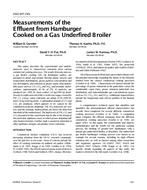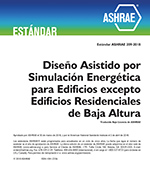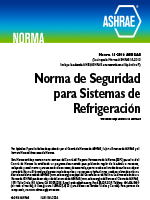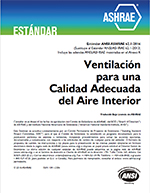Description
This paper describes the experimental and analytic protocols used to characterize emissions from various commercial cooking processes. The results from one process, a gas broiler cooking 20% fat hamburger patties, are provided in detail and include thermal plume velocity and temperature distributions, grease particle concentration and size distribution, and emission of grease vapor, noncondensable gases such as CO, CO 2 , and NO x , and aromatic hydrocarbons. Approximately 10 lb. of PM 10 particles are produced per 1000 lb. food cooked (10 kg/1000 kg food). Seventy to eighty percent of this is in the size range covered by PM 2.5. Grease vapor emissions are about 20 lb./1000 lb. food (20 kg/1000 kg food). A substantial amount of CO and CO 2 are produced, which appears to be caused by the combustion of grease drippings. The NO x emissions are very low, and the aromatic hydrocarbons are below the detection threshold of the method used. The high levels of PM, CO, and CO 2 measured in this experiment may be due to the design of the particular appliance used, in which grease drippings fall onto heated elements. Further study is needed to determine if other appliance designs can produce lower emissions.
Units: Dual
Citation: ASHRAE Transactions, vol. 105, pt. 2
Product Details
- Published:
- 1999
- Number of Pages:
- 13
- File Size:
- 1 file , 1000 KB
- Product Code(s):
- D-7421




